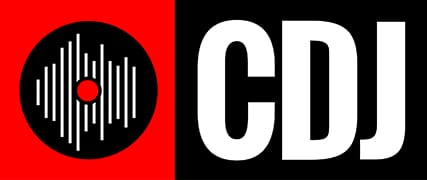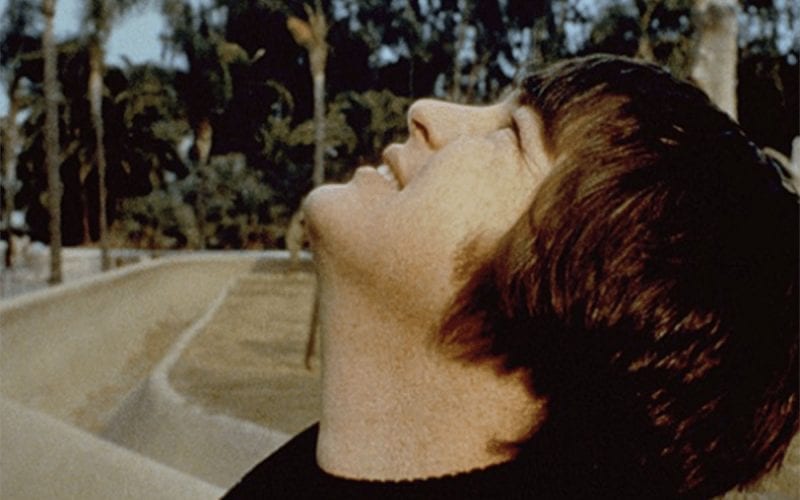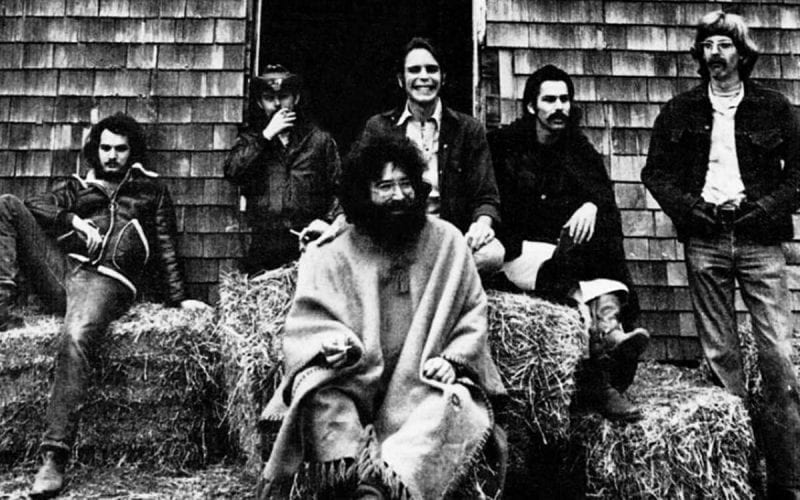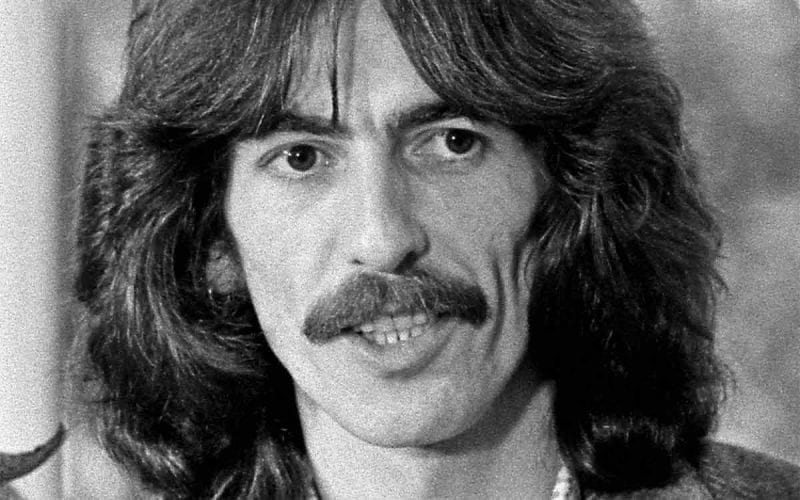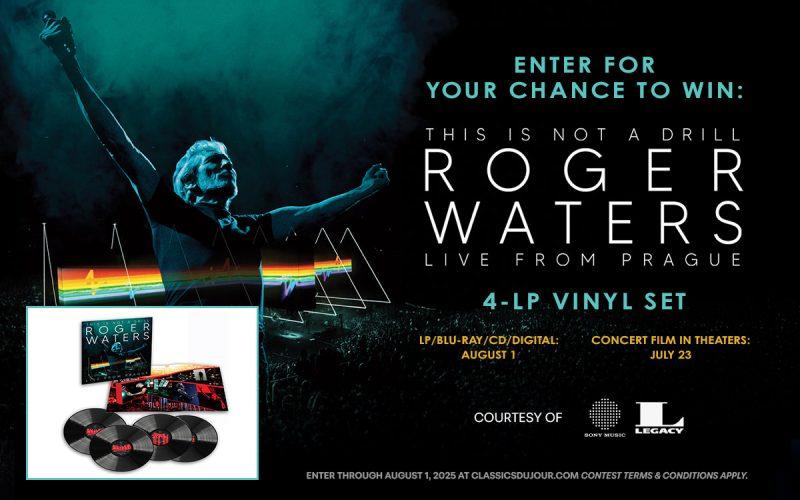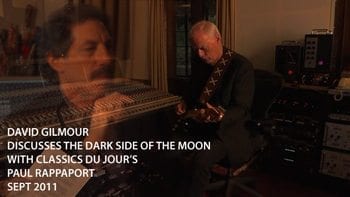
I just finished watching Standing In The Shadows Of Motown and it blew my mind! I’m late to the party on this one as the film came out in 2002, but the story about how all those fabulous hit records were made is priceless, timeless, and it’s a movie that you want to watch over and over again.
The film is not unlike two other fabulous music documentaries The Wrecking Crew and Muscle Shoals in that it tells the story about all the studio musicians who were behind the scenes playing on so many of the hit songs that are near and dear to our hearts.
In the early 60’s when pop music was exploding for a very interested and excited baby boomer generation, new artists were coming along at a furious pace. Many had good songs, or good voices and were given hit songs, and some, like The Beach Boys, were incredibly talented, wrote their own material, and even came ready to go with their own band. But what we, as the general public did not know, was that most, if not all, of the actual music played on those records was not played by those artists, but rather by a group of over-the-top talented studio musicians. This was because as good as a band like the Beach Boys might be, they were still young and learning to be proficient on their instruments. They did not yet possess the knowledge or have the musical chops as the seasoned, studio-recording veterans.
The Wrecking Crew – Trailer
In Los Angeles, that group of studio musicians was known as The Wrecking Crew. They were the band that played on so many hits from artists like The Beach Boys, The Mamas and The Papas, Sonny and Cher, Simon & Garfunkel, The Ronettes, Jan and Dean, The Righteous Brothers, and so many more. One of the most amazing things one learns from these documentaries is how some of the most memorable parts of songs were created.
Even more amazing is how very organically certain musicians came to play the style they did, which ultimately lead to the notes and sounds on those famous recordings. The 60’s was a time for great growth in art, and many musicians got together and jammed after finishing their paid gigs. They would learn from one another and trade secrets with each other, which took them all to higher musical levels resulting with more to offer when they would return to their studio sessions.
One of the most important Wrecking Crew musicians was bassist Carol Kaye. Carol was originally a gifted jazz guitar player and one day during a session where the bass player didn’t show someone dropped an electric bass in her lap and asked if she could help. The rest is history—she changed the sound of the traditional electric bass because coming from the guitar she used a pick which highlighted the attack of the sound of the notes and she also built a make shift muffle to use on the strings to just dampen their sound a touch–both innovations helped create her signature style and sound.
There is not room enough in this blog to list all of the bass parts you know in your head and heart played by Carol Kaye that have meant so much in your musical make up. She is the bass player on The Beach Boys “Help Me Ronda,” “Sloop John B,” and “California Girls,” just to mention a few of the Beach Boy’s biggest hits. She wrote the bass line to Stevie Wonder’s “I Was Made To Love Her,” and Nancy Sinatra’s iconic “These Boots Were Made For Walking.” She is the driving bass line in Phil Spector’s “River Deep–Mountain High” featuring Tina Turner. She’s played on the music for countless TV show theme songs, and at one time was making more money than the President Of The United States! In her 50-year career she played on over 10,000 recordings.
Muscle Shoals – Trailer
In Muscle Shoals a young man by the name of Rick Hall started FAME Studios. His session musicians were called The Swampers. They played on, and created huge hit records, for artists like Percy Sledge, Aretha Franklin, The Rolling Stones (Sticky Fingers), Gregg Allman, and Lynyrd Skynyrd, just to reel off a few names. Interestingly, The Swampers were comprised of all white musicians who just happened to possess incredible soulful feel. One of the most famous stories is when Paul Simon called Al Bell, legendary record producer and co-owner of Stax Records, looking for “those same black players that played on the Staple Singers’ huge hit, ‘I’ll Take You There.’” Al says, “I can help him, but these guys are mighty pale!”
Meanwhile in Detroit, the same thing was happening at Motown Records. The Funk Brothers, who were the studio musicians who essentially created the Motown Sound were developing the most incredible backing tracks for artists like Marvin Gaye, The Supremes, The Four Tops, etc., etc.. These eight players, which combined with legendary horn sections and background vocalists would become the greatest hit machine in the history of the music business.
Here are just a few very familiar song titles: “Stop In The Name Of Love,” “I Heard It Through The Grape Vine,” “Ain’t No Mountain High Enough,” “Shop Around,” “The Tears Of A Clown,” “I Hear A Symphony,” “Please Mr. Postman,” “My Girl,” “Heat Wave,” “Hitch Hike,” “Going To A Go Go,” “What’s Goin’ On,” “Nowhere To Run,” “Baby Love,” “What Becomes Of The Broken Hearted,” “Bernadette,” “Cloud Nine,” “The Tracks Of My Tears,” “Since I Lost My Baby,” “Shotgun,” “The Way You Do The Things You Do,” “I’ll Be There”—you get the idea!
Standing In The Shadows Of Motown – Trailer
And all of these tracks were recorded in a small basement studio in the house of the legendary music producer and founder of Motown Records, Barry Gordy. The most amazing thing about this story is that although Motown boasted stars like Marvin Gaye, The Supremes, The Temptations, Smokey Robinson, and The Four Tops and on and on, the tracks themselves were hits before those artists even sang a note. That is a point born out in the film, as the players were given the basic music but they played it without any vocalists in the studio—they were just tracks. Because they were just tracks, they got embellished to the hilt as if they were instrumentals. So, when you hear those familiar guitar notes at the beginning of “My Girl,” that’s Robert White of the Funk Brothers, and the same goes for the many bass lines and percussion lines that are in the forefront of your musical memory.
To almost prove the point, during the featured live performances shot at a reunion concert for the band, the lead vocalists are people you know, but not superstars. Gerald Levert, Chaka Khan, Joan Osborne and more all have really great voices, but the songs sound like the smash hits that they are, even though those voices are not stylishly known to you like those of Marvin Gaye or Diana Ross and The Supremes. The music is so good whoever sings the song seems to make little difference—you are lifted by the music to that magical place, you get very emotional, and you just have to sing along!
The Funk Brothers feat. Joan Osborne What Becomes of the Broken Hearted
I highly recommend that you see and even consider owning these three documentaries for your music library. There is so much rich musical history here that it’s overwhelming. I guarantee that you will be entertained and enriched beyond belief for hours and hours. It’s important that we recognize those magical times and places in life where incredibly, so much came together and was created in the most innocent of ways just for the sake of making great music.
Well, I’m off to my 50th year high school reunion! Should be pretty crazy as I’m seeing names on the list of some people who were a big part of my teenage years. I went to Downey High in Downey, California, famous for Karen Carpenter (who was a good friend and who sat in front of me in French class), Dave Alvin and The Blasters, and also The Chantays who recorded “Pipeline” in the back of Wenzel’s Music Town record store there!
All the best and be back soon,
Rap~
© Paul Rappaport 2017
